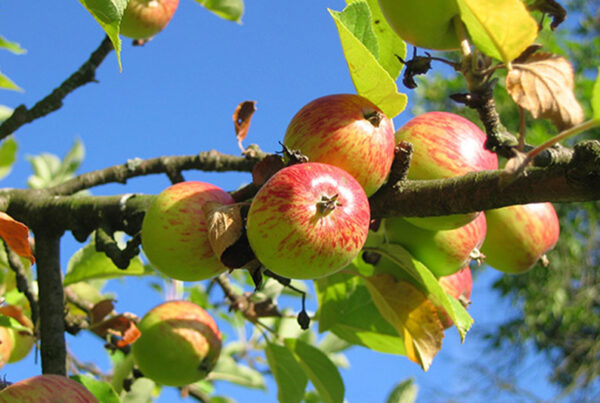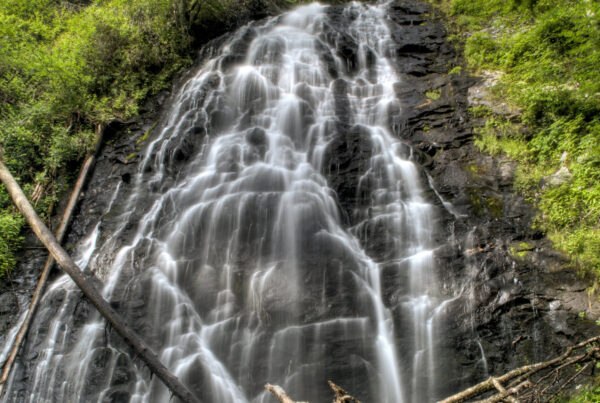Where outdoor enthusiasts discover what the Blue Ridge Mountains have to offer beyond the scenic overlooks
Nelson County rewards those who venture beyond the standard tourist stops. This is where the Blue Ridge Mountains reveal their true character—granite faces with routes for developing climbers, trails that build confidence and skills, and terrain that offers genuine adventure for anyone ready to explore. These five spots provide the kind of experiences that expand your comfort zone and remind you why you love the outdoors.
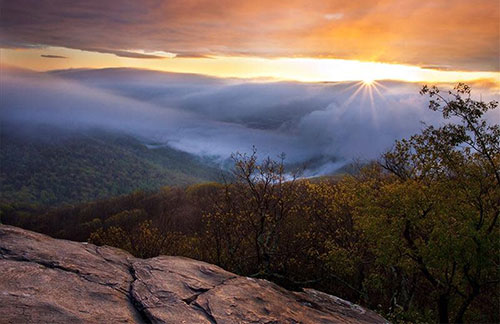
1. Humpback Rock: Blue Ridge Granite at Its Best
The granite outcrop at Humpback Rock offers Virginia’s premier traditional climbing, but it’s not the tourist trail that makes this special—it’s the cliff bands below the main viewpoint where real climbing happens.
The approach alone tests your commitment: a steep mile of hiking with full climbing gear before you even touch rock. But the granite rewards the effort with clean, solid stone and classic Blue Ridge routes that demand both technical skill and mental fortitude.
The Adventure: Humpback Direct (5.7, 2 pitches) serves as an excellent progression route—steady face climbing on quality granite with gear placements that build traditional climbing skills. The exposure increases with each pitch, and the rock rewards good technique and confident movement.
What You Need: Traditional climbing rack, 60-meter rope, and developing traditional climbing skills. Equally important is the fitness to carry gear up the approach and the patience to learn granite climbing techniques.
Why It’s Worth It: This isn’t indoor climbing on rock. Humpback develops real outdoor climbing skills—reading stone, placing protection, and moving confidently when the climbing becomes engaging.
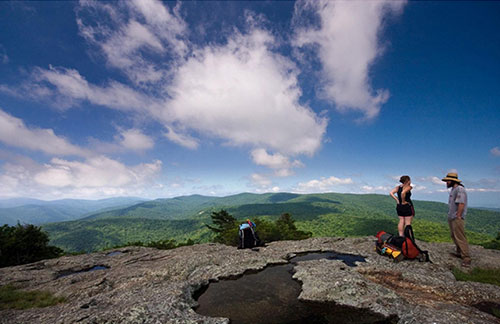
2. Spy Rock Circuit: The Ultimate Ridge Adventure
Most people stop at Crabtree Falls and call it a day. Outdoor enthusiasts continue to Spy Rock for an 8.5-mile circuit that combines waterfall approaches, ridge running, and rock scrambling with 2,400 feet of elevation gain that rewards every step.
The route starts with the familiar Crabtree Falls trail but diverges above the main cascade onto the Appalachian Trail. From here, it’s 3.5 miles of ridge hiking with steady climbs and rocky sections that develop navigation skills and mountain awareness.
The Adventure: Spy Rock’s summit requires some scrambling on granite slabs—real mountain experience with incredible payoff. The 360-degree views from 4,026 feet provide one of Virginia’s most spectacular mountain panoramas, earned through your own effort.
What You Need: Sturdy hiking boots, basic navigation skills, and the fitness to enjoy sustained effort over varied terrain. Weather preparation is important—mountain conditions change quickly.
Why It’s Worth It: This circuit builds genuine mountain experience alongside physical fitness. You’ll develop weather awareness, pacing skills, and confidence on varied terrain.
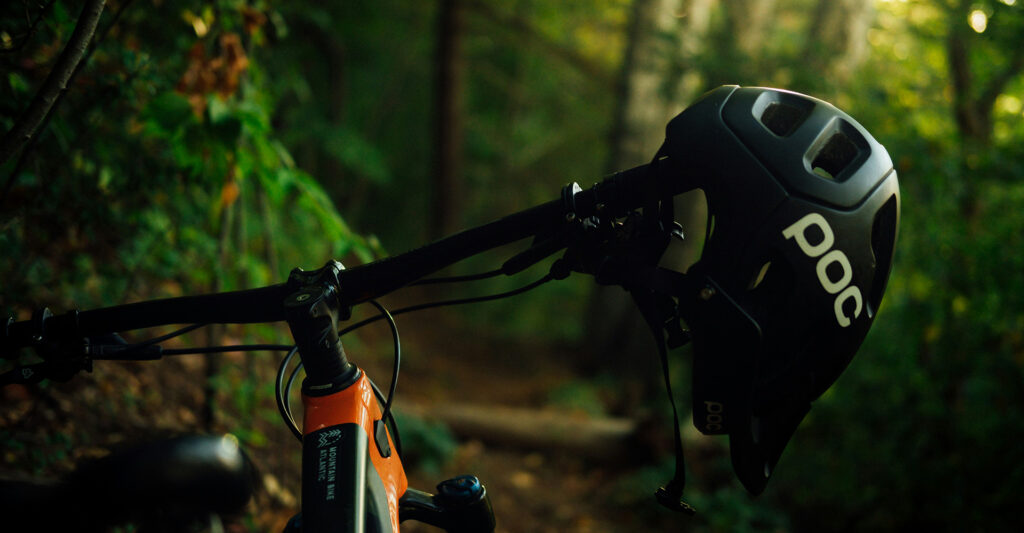
3. Blue Ridge Parkway: The Cycling Gauntlet
The Nelson County section of the Blue Ridge Parkway offers 30 miles of cycling that humbles riders who think they’re strong. The signature challenge—Route 151 to Humpback Rocks—delivers 8.5 miles of climbing with an average gradient of 6% and sustained sections hitting 12%.
This isn’t just about power. Irregular gradients demand tactical gear selection and pacing that separate trained cyclists from weekend riders. Technical descents require advanced bike handling, and minimal shoulders demand confident road positioning.
The Adventure: The Devils Backbone climb via Route 151 offers a genuine challenge—2.5 miles averaging 8% with sections reaching 15%. It’s a climb that rewards both fitness and smart pacing strategies.
What You Need: A well-maintained road bike, solid fitness base, and the tactical knowledge to pace challenging climbs effectively. Strong bike handling skills help on the technical descents.
Why It’s Worth It: These climbs develop skills in effort management and tactical climbing that improve your cycling anywhere. The terrain rewards good preparation and smart pacing decisions.
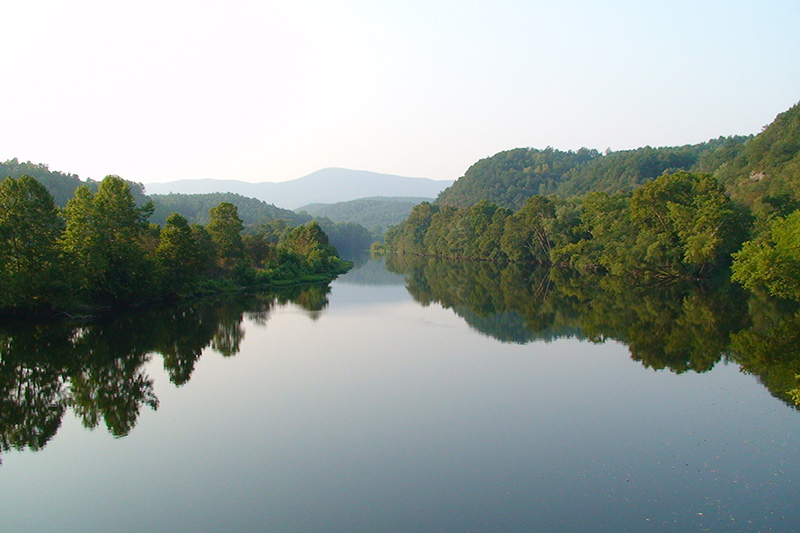
4. James River Gorge: Technical Whitewater
When water levels cooperate, the James River through Nelson County offers Class II-III whitewater that demands advanced paddling skills and river reading ability. This isn’t pool-drop whitewater—it’s continuous technical paddling with rock gardens and hydraulics that punish poor line selection.
The river’s character changes dramatically with water levels. What’s manageable Class II at medium flows becomes demanding Class III when the water’s up, requiring real-time assessment and tactical decision-making about whether to run or walk.
The Adventure: The rock garden section below Snowden offers engaging paddling through technical moves that develop boat control and line selection skills. It’s whitewater that rewards smooth technique and good decision-making.
What You Need: Solid Class II-III paddling skills, ability to scout rapids and read water conditions, and good judgment about when conditions match your skill level. Self-rescue skills are important for river safety.
Why It’s Worth It: Technical paddling develops precision and decision-making skills that make you a better paddler everywhere. The James teaches you to read water and respect river conditions.
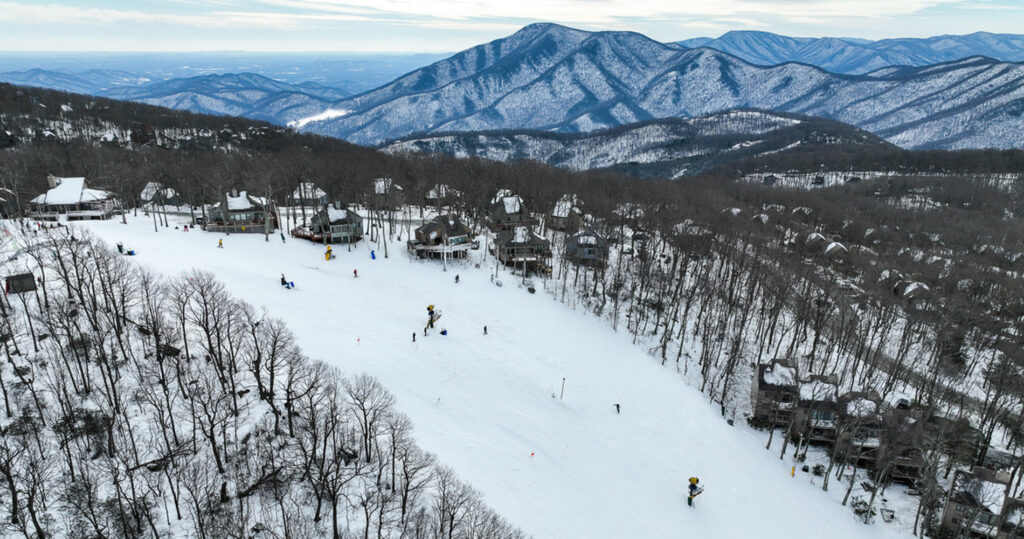
5. Wintergreen Backcountry: Off-Piste Adventure
Wintergreen Resort’s groomed runs are fine for learning, but the real adventure happens in the resort’s backcountry terrain where natural features and variable snow conditions demand advanced technique and mountain awareness.
The resort’s elevation and northern exposure create surprisingly technical terrain with steep tree skiing, natural features, and snow conditions that change throughout the day. This is skiing that teaches you to read terrain and snow rather than just following groomed runs.
The Adventure: The off-piste terrain offers varied skiing through natural features and changing snow conditions. This is skiing that develops your ability to read terrain and adapt technique to different snow conditions throughout the day.
What You Need: Intermediate to advanced skiing or snowboarding skills, ability to read terrain and snow conditions, and good judgment about selecting appropriate terrain for your skill level. Proper equipment for variable conditions.
Why It’s Worth It: Natural terrain skiing develops real mountain skills that make you a better skier anywhere. Wintergreen’s terrain teaches you to ski the mountain’s conditions rather than just following marked trails.
Recovery That Supports Performance
After pushing limits on Nelson County terrain, recovery matters. The Copper Mine Bistro at Wintergreen provides performance nutrition in a mountain setting—Mediterranean-inspired cuisine that emphasizes recovery nutrition over heavy mountain fare.
Devils Backbone Basecamp offers the kind of environment where route beta discussions and gear selection conversations happen naturally, with recovery beverages and food that actually supports athletic performance.
What Sets Nelson County Apart
These five spots offer authentic outdoor adventure that develops real skills alongside memorable experiences. The granite teaches precise movement. The mountains build tactical thinking. The terrain encourages genuine preparation and respect for natural environments.
This isn’t packaged adventure tourism—it’s genuine outdoor experience that helps you grow as an outdoor enthusiast. The adventures are rewarding, the learning is real, and the experiences stay with you long after you head home.
Nelson County offers terrain that respects your desire for authentic outdoor adventure. It rewards preparation, teaches good judgment, and provides the kind of experiences that remind you why you love exploring wild places.
What makes Nelson County essential for serious athletes isn’t just the challenging terrain—it’s the combination of accessibility and authenticity that lets you push limits while developing genuine mountain sense.

